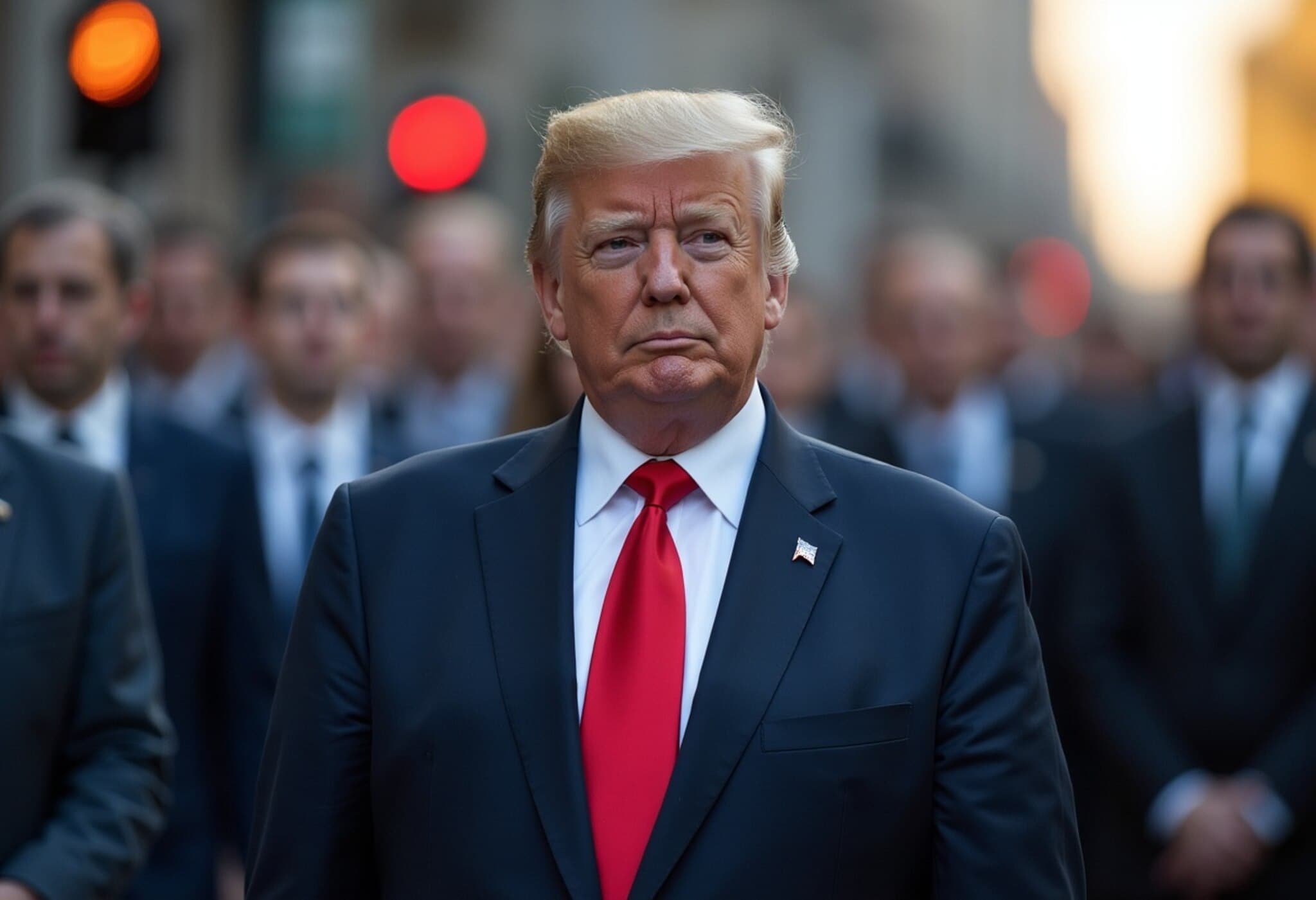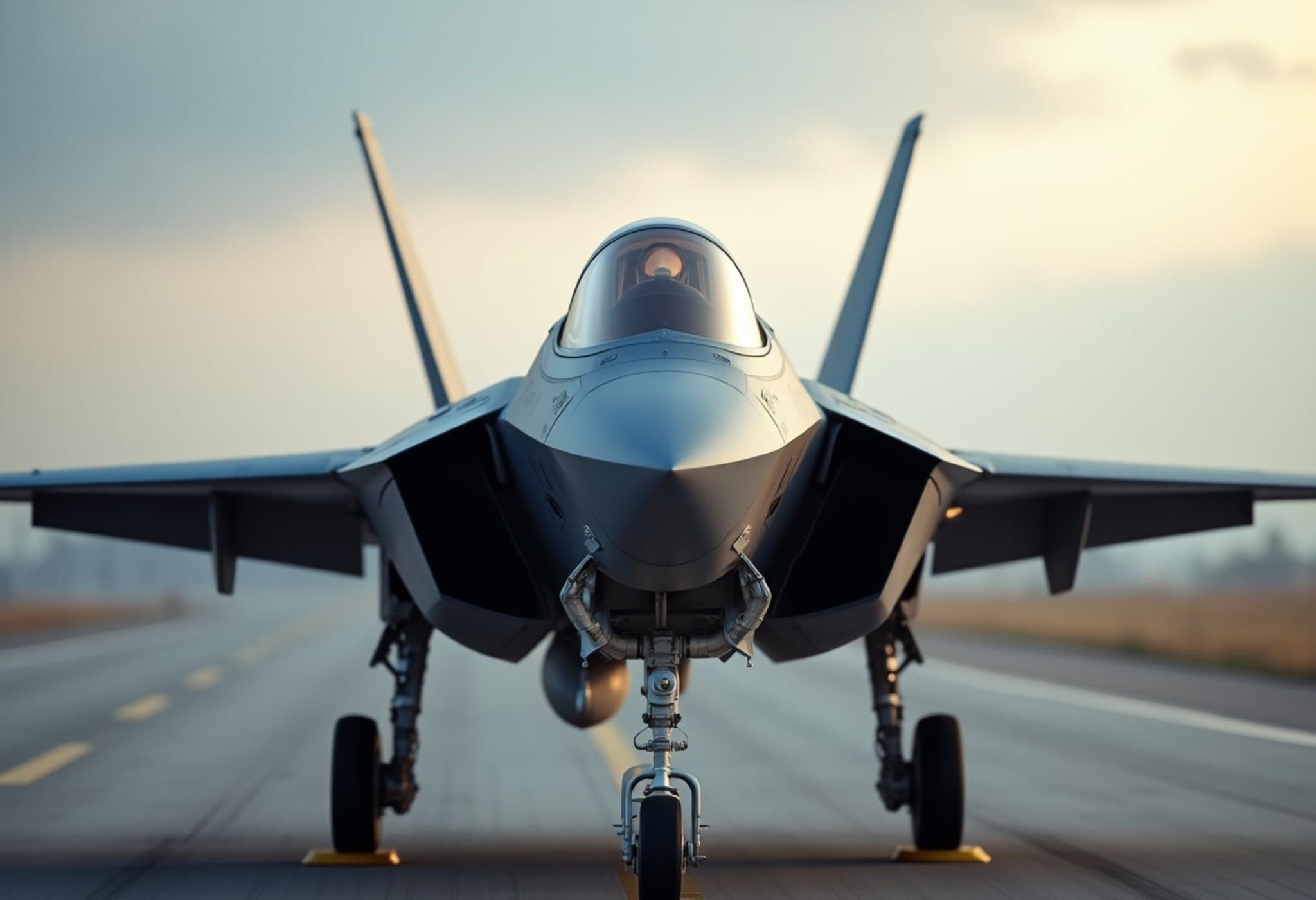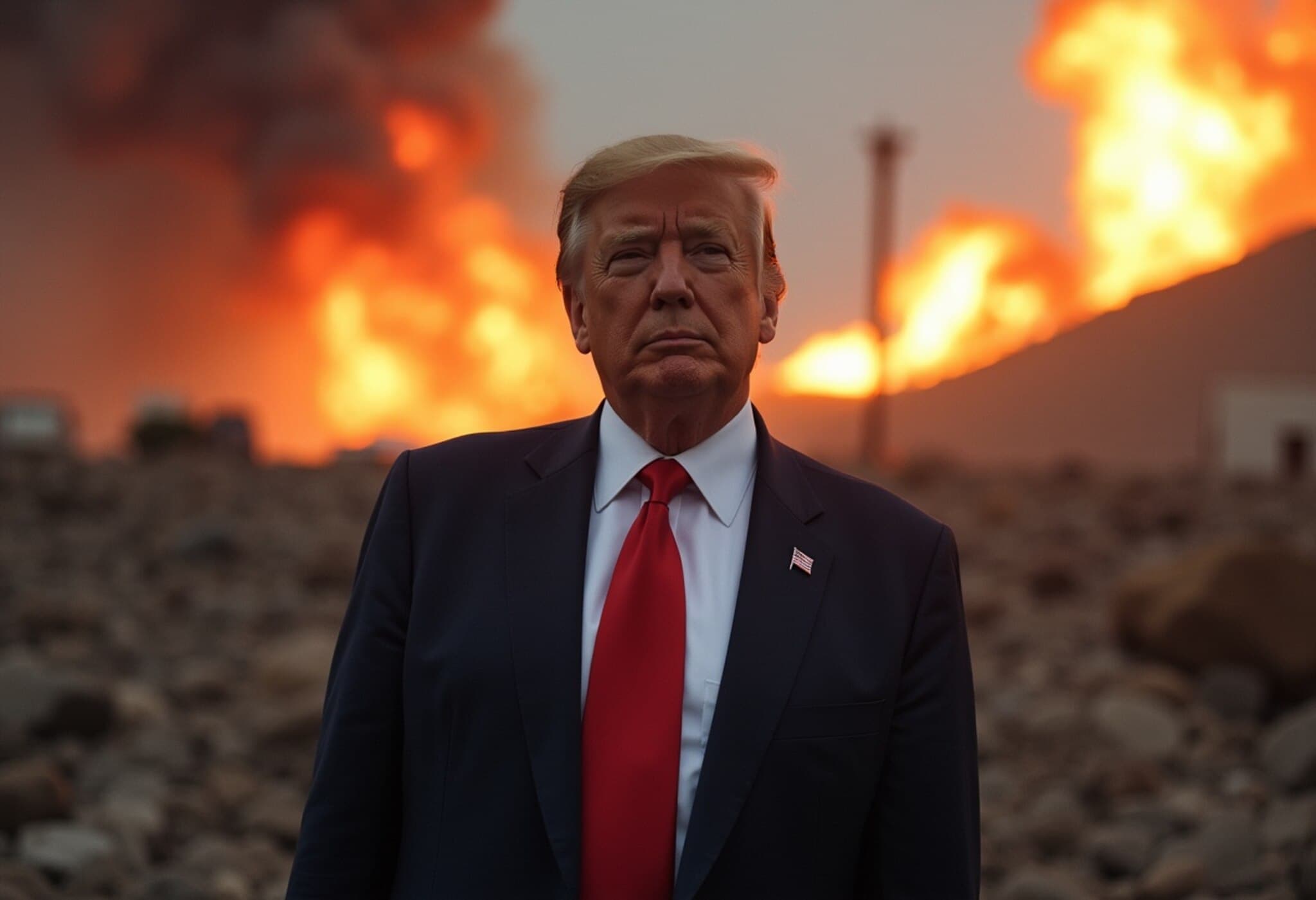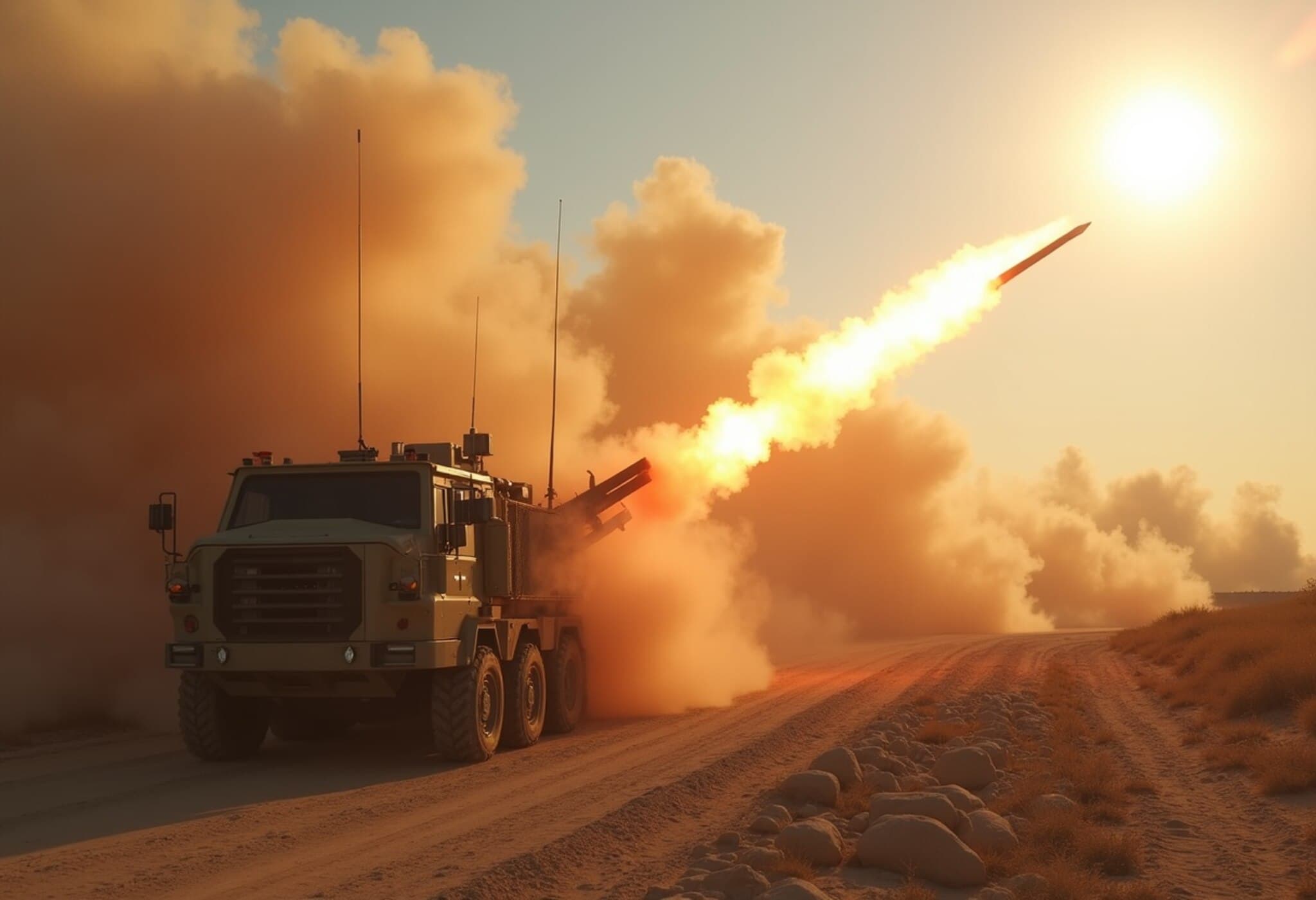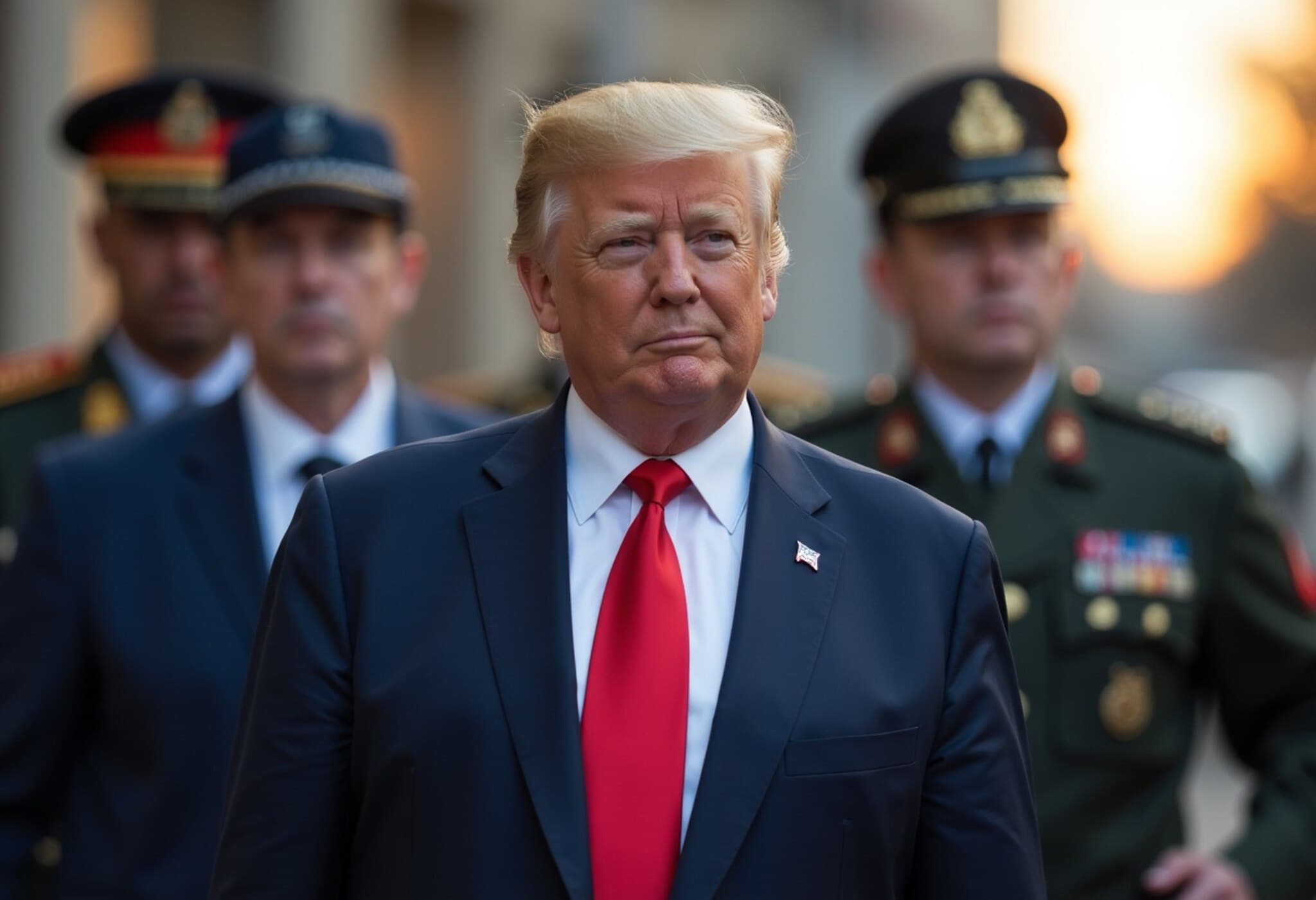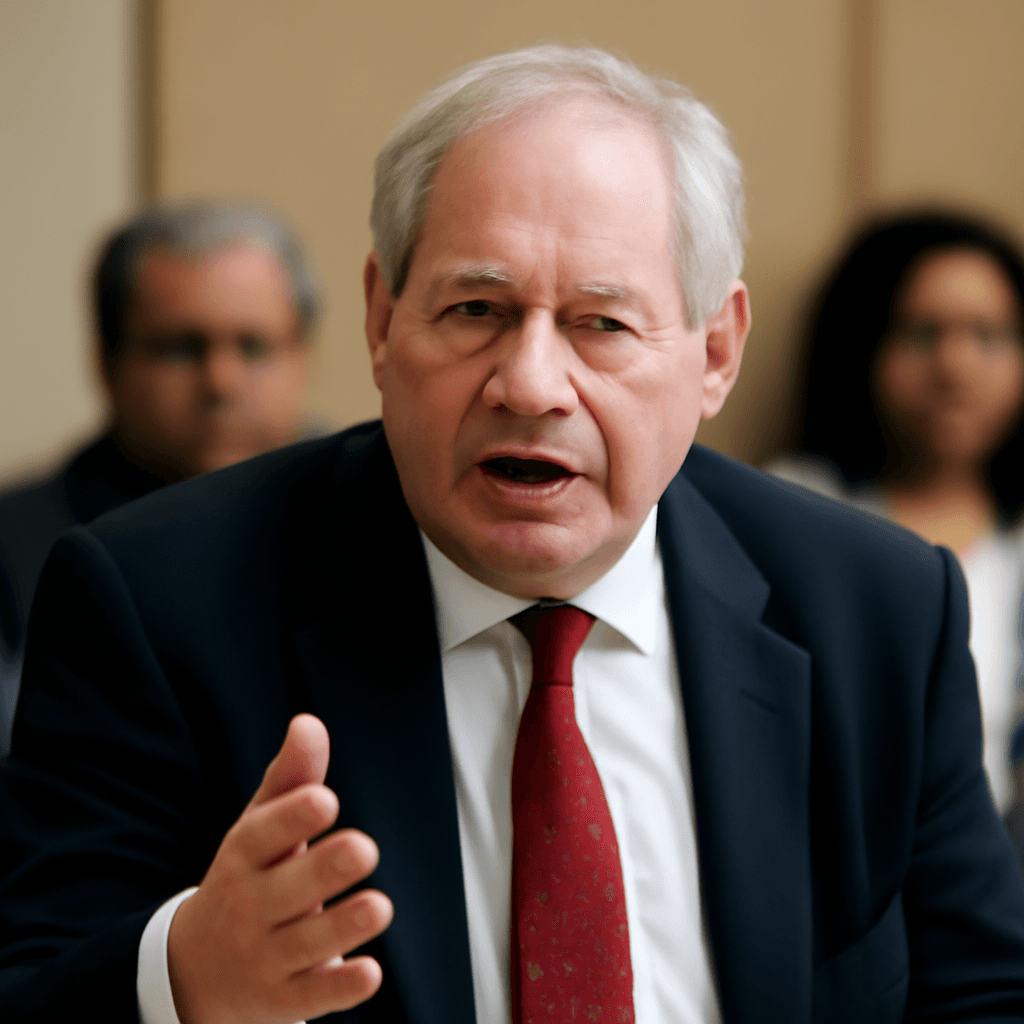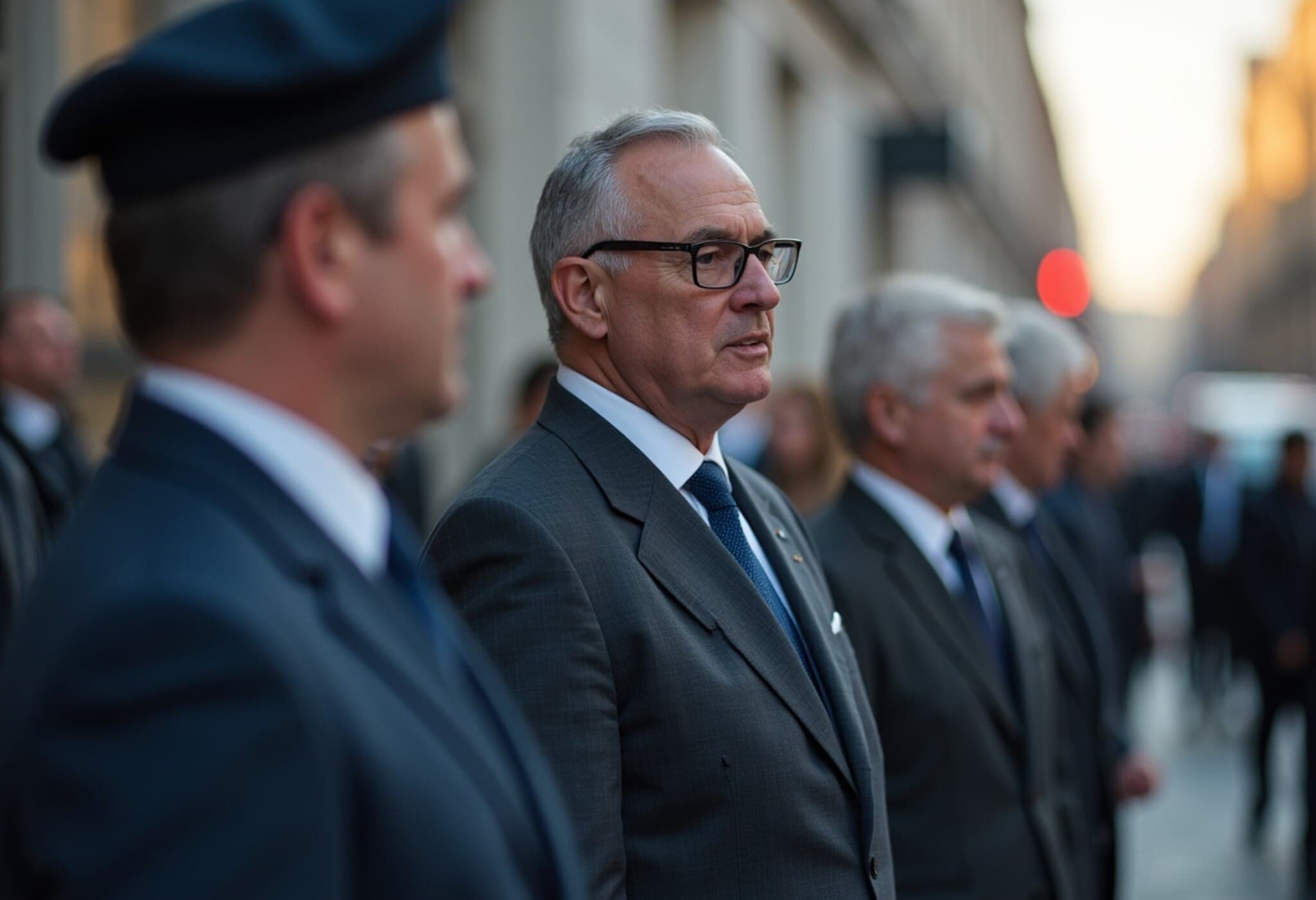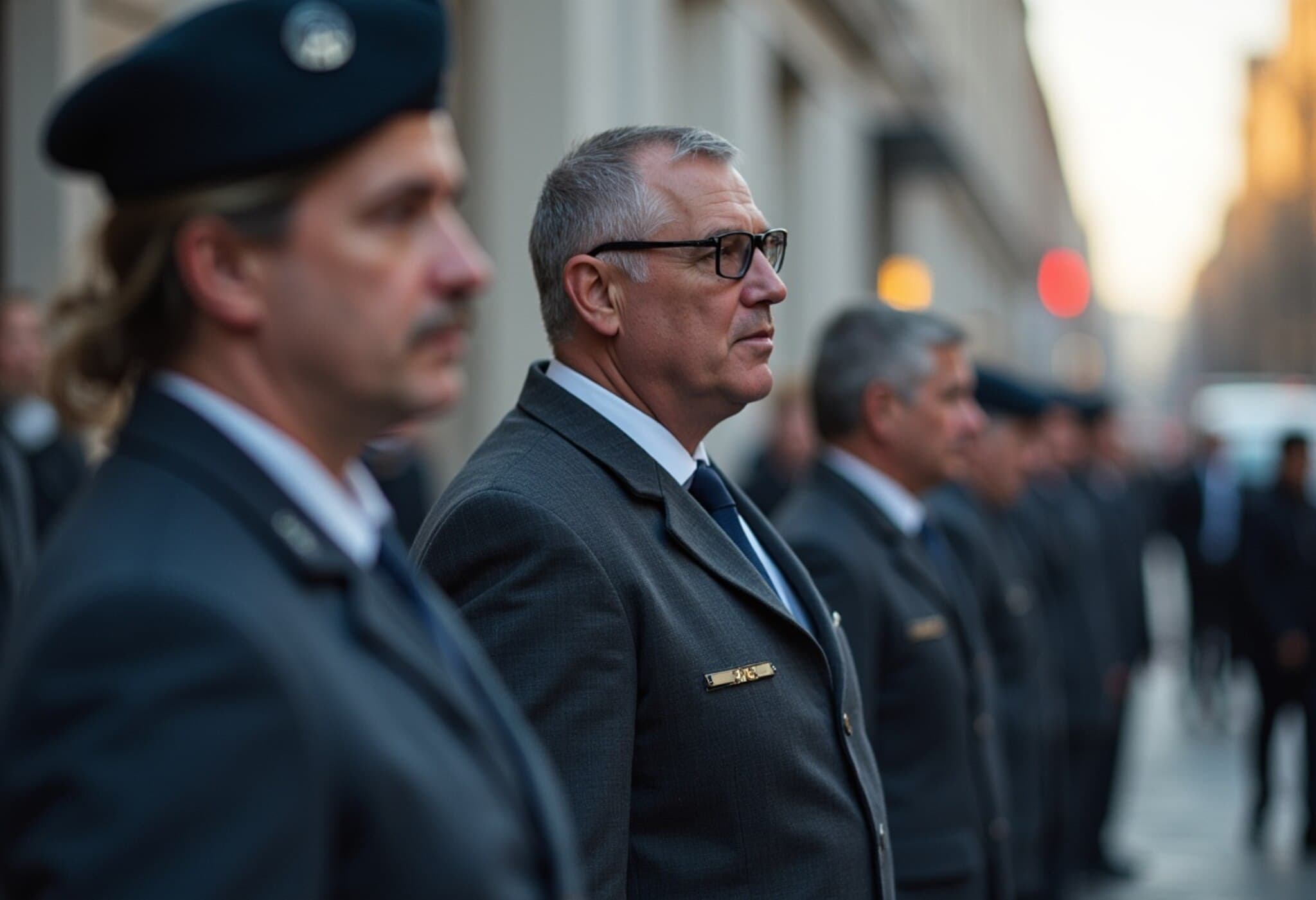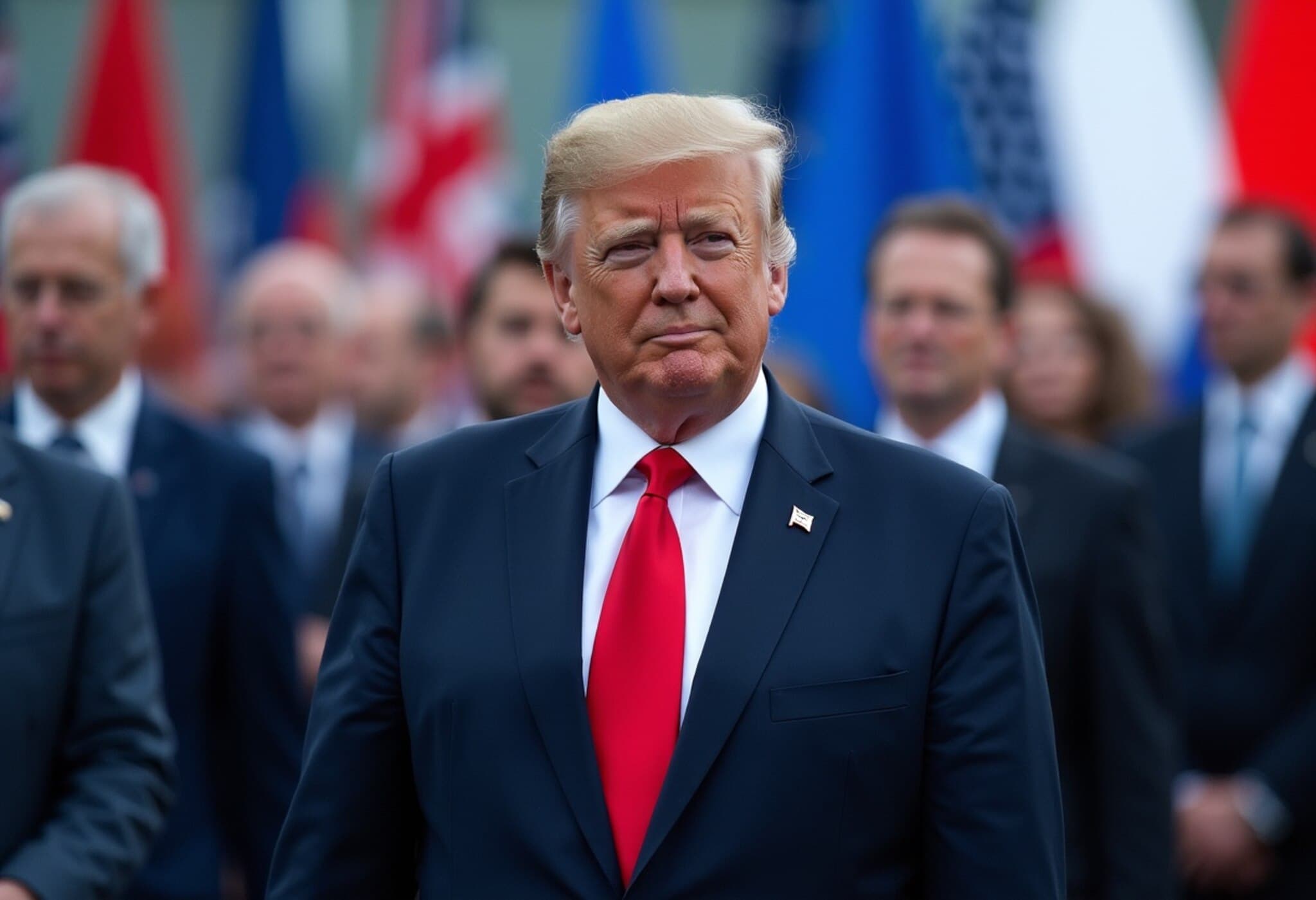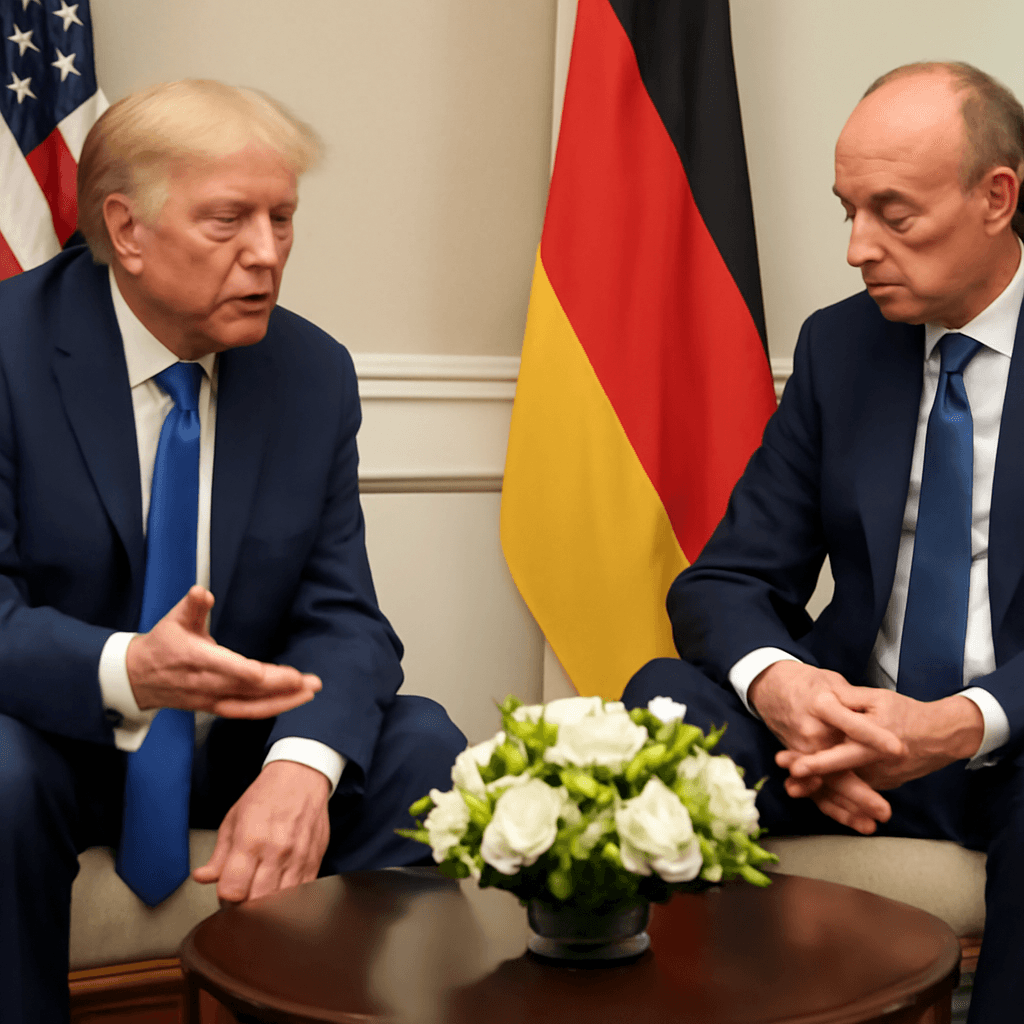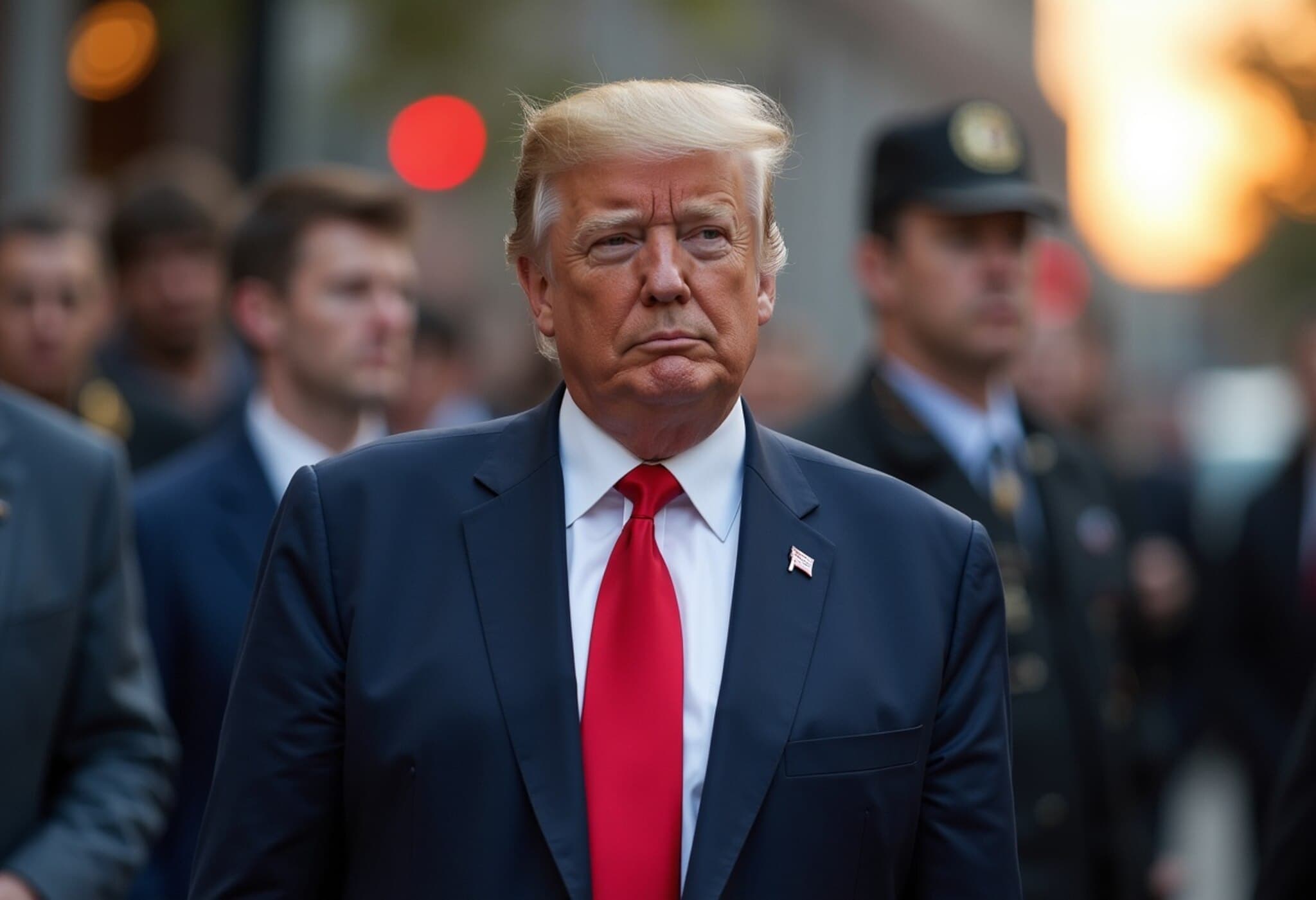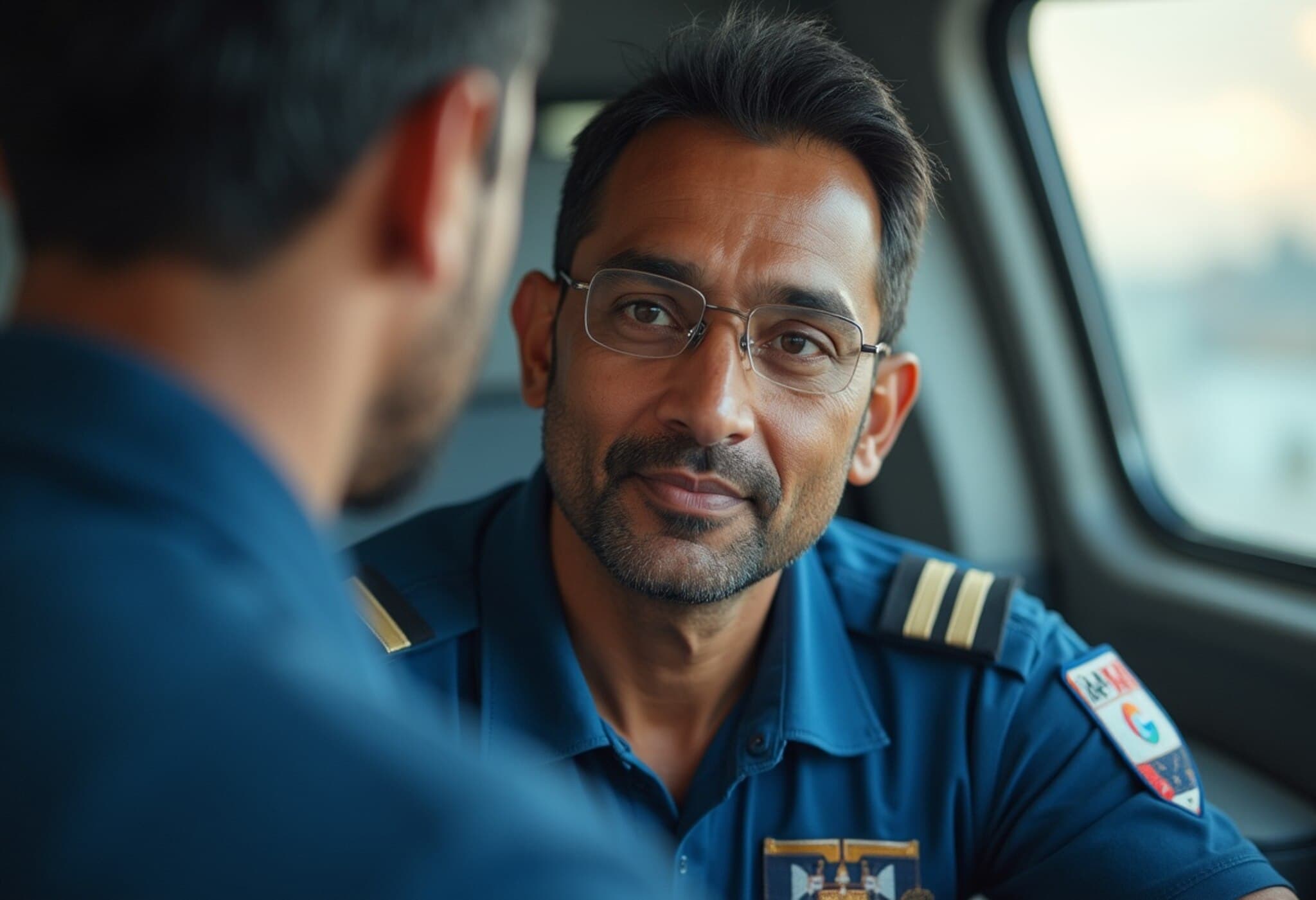A Defining Summit for NATO's Defense Spending
This Wednesday marks a pivotal moment for NATO as its 32 member nations decide whether to approve a significant increase in collective defense spending. The military alliance is pushing for members to boost their defense budgets from the current target of 2% to 5% of GDP by 2035. Although some members have struggled even to meet the initial 2% goal, the coalition is under immense pressure to unify behind this ambitious hike.
Pressure and Persistence Amid Divisions
Despite broad consensus among NATO ambassadors on raising the spending bar, final approval and adherence to deadlines remain uncertain. The United States’ role is once again under scrutiny, following years of public frustration from its leadership over perceived underinvestment by European and Canadian allies. As the summit kicked off, the U.S. president questioned the interpretation of NATO’s core Article 5, underscoring the delicate balancing act within the alliance.
Meanwhile, NATO’s Secretary General reassured the gathering that the United States remains firmly committed to the alliance but emphasized the need for European and Canadian members to bear a fairer share of defense costs. "There is total commitment by the U.S. president and senior leadership to NATO," he noted, while stressing that resolving the longstanding issue of insufficient spending is critical.
Challenges from Member States
Since pledging to spend 2% of GDP on defense back in 2014, several members like Canada and Spain have struggled to meet the target. Countries on NATO’s periphery—such as Poland and Estonia—have surpassed it, reflecting their proximity to ongoing geopolitical threats.
Spain has openly challenged the proposed 5% threshold, considering it "unreasonable" and seeking an exemption. Similarly, Belgium and Italy have expressed reservations, with Italy indicating it will only reach the 2% mark this year.
Despite these hesitations, NATO’s leadership remains confident. The Secretary General dismissed concerns that dissenting voices could derail the summit, highlighting recent commitments from several lagging countries to finally meet the 2% goal.
Political Realities vs. Security Imperatives
"These decisions are hard, and finding the money isn't easy, but given the current security threats, especially from Russia, there’s no alternative," the Secretary General remarked, underscoring the urgency driving these negotiations.
Leaders Call for Unity Amid Uncertainty
Many heads of state and ministers attending the summit echoed the call for solidarity. The Dutch Prime Minister expressed optimism about NATO presenting a unified front, though some European leaders conceded that challenges remain.
Sweden's Prime Minister acknowledged potential difficulties but stressed the moment demands seriousness and cohesion on defense. "This is the time not to take chances," he said, emphasizing the value of NATO standing strong together.
Estonia's Defense Minister pointed toward a realistic compromise, anticipating the 5% goal will be met by 2035 with annual reviews to ensure progress. While admitting dissent could still arise, he remains hopeful consensus will prevail.
What Lies Ahead for NATO?
This summit could well define NATO’s future trajectory—solidifying commitments and reaffirming the unity necessary to face unprecedented security challenges. The outcome on defense spending will be closely watched, as it signals how Europe and North America collaborate on shared defense responsibilities in an increasingly complex world.

